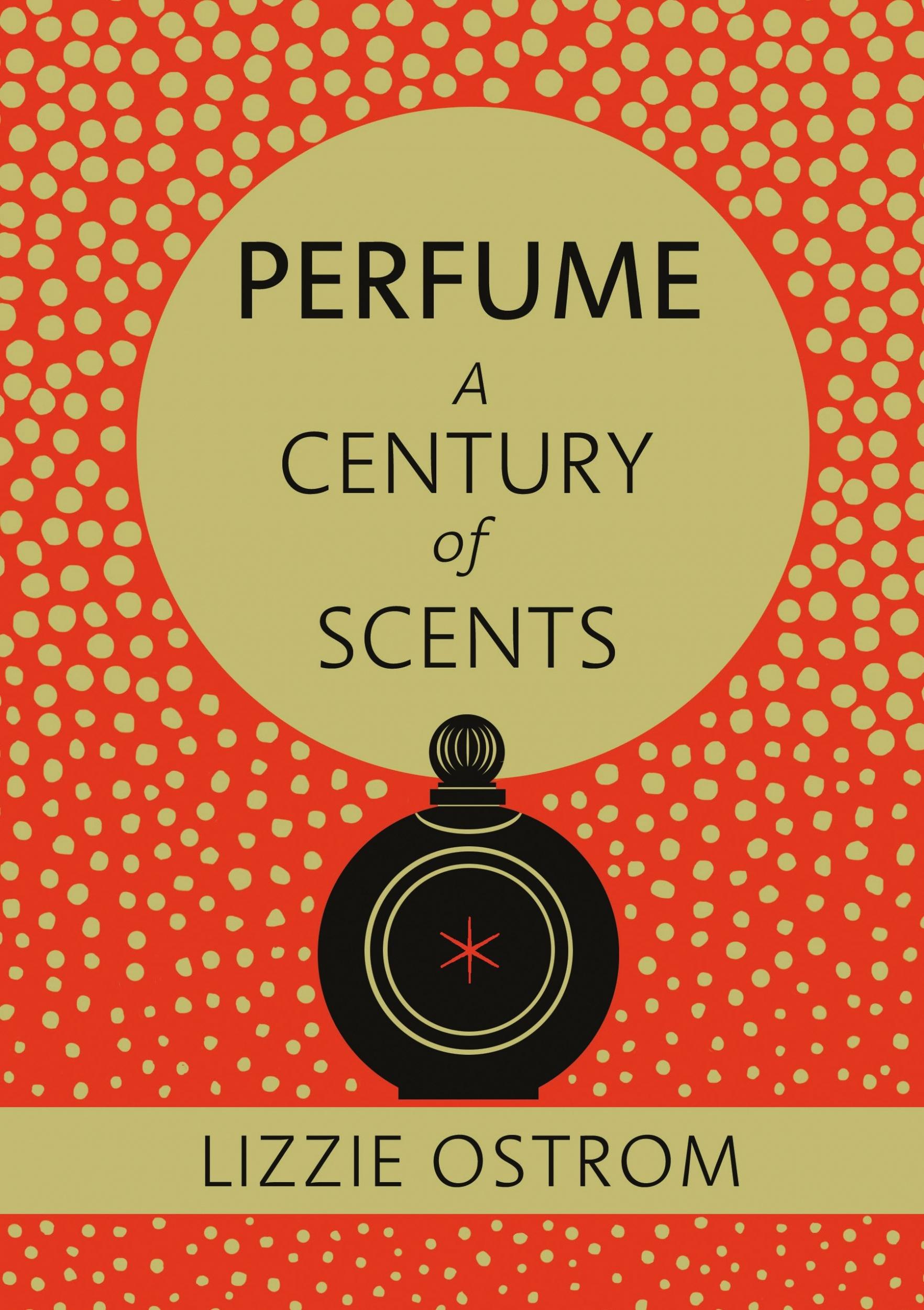It can be socially awkward to ask acquaintances what delicious fragrance they have on. For each one who replies: “Thanks! It’s Mitsouko,” there’s another who will back away silently. “Your perfume’s lovely. Is it Diorissimo?” I once enquired, only to get the oddly furious response: “NO.” Perhaps it’s just us Brits; something to do with a historical aversion to hot water or the notion that only a lover should get close enough to know what we smell like.
Lizzie Ostrom’s entertaining romp through a century of perfumes, 10 per decade from 1900 to 1999, quickly makes the connection with sex, but also with snobbery, hygiene and aspiration. What she does not do is go into detail about how things actually smelled or were formulated. Rather, this is a collection of stories about the historical significance of perfumes in the modern era, going way beyond “the juice” into how they were marketed and packaged, and what magic quality or meaning they were intended to convey.
Even putting perfume on skin is a relatively new idea; rather, it was dabbed on handkerchiefs, fur or leather gloves. But who knew that there was once a product aimed at scenting the eyelids? Or that there were fads for eating perfume dripped on to sugar cubes, or even injecting it?
Ostrom has assiduously trawled early magazines, studied adverts and even found references to perfumes in now-forgotten novels, as well as Ulysses, where Molly Bloom turns her nose up at the generic cheapie “peau d’Espagne” (Spanish leather). Wacky stunts, lavish launches and celebrity endorsements always featured, with fragrances attached to famous swimmers, Gaiety Girls and actresses. Samples of Ma Griffe were dropped on Paris via parachute, and one company soaked all its cheques in its signature perfume “to provoke intrigue among female clerks”.
You would never guess from this book that many veteran perfumes have changed their formulations over the years, owing to high costs of materials and EU regulations. Luca Turin and Tania Sanchez’s indispensable Perfumes: The Guide has fuller details, along with a vivid sense of how things smell. (Though Ostrom’s “Calvados-infused fruitcake” description will certainly make me sniff again at Chanel’s Coco.)
This book is as delectable an artefact as the product it describes. The classification on the back is “Gift/History”, which is about right: the perfect accompaniment to a bottle of J’Adore in your stocking.
Subscribe to Independent Premium to bookmark this article
Want to bookmark your favourite articles and stories to read or reference later? Start your Independent Premium subscription today.


Join our commenting forum
Join thought-provoking conversations, follow other Independent readers and see their replies